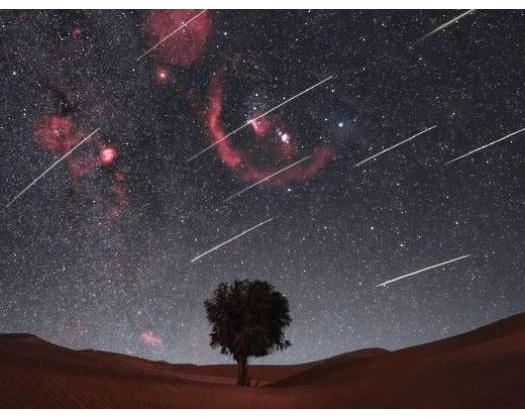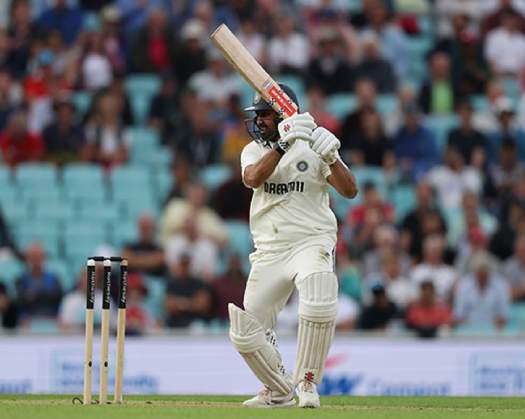Muscat: The skies above the Sultanate of Oman are presently graced with the spectacle of the Perseid meteor shower, which is set to continue until August 24, as reported by the Oman Astronomical Society.
The Perseid meteor shower stands as one of the most renowned meteorological events of the summer, reaching its zenith on Monday evening and persisting into the early hours of Tuesday morning.
Ashwaq bint Nasser Al Siyabi, a member of the Executive Committee of the Oman Astronomical Society, elucidated, "Meteor showers are the result of the Earth's orbit intersecting with that of a comet, thereby encountering a comet's debris trail. In the case of the Perseid meteor shower, this occurs when the Earth traverses through debris left by Comet Swift-Tuttle. This leads to the entry of dust particles into Earth's atmosphere, which then disintegrate, manifesting as luminous streaks at velocities approximately 72 kilometers per second, at altitudes ranging from 70 to 100 kilometers."
Al Siyabi further elaborated, "At its peak, observers situated in areas with minimal light pollution, away from urban centers, can anticipate the observation of between 60 and 100 meteors per hour. The Perseid meteor shower is characterized by its predictability in its annual recurrence, typically lasting several hours and occasionally extending over several days or weeks. This year's meteor shower commenced in the middle of July and is expected to conclude by the end of August."
She also mentioned, "The Perseids are distinguished by the production of exceptionally bright meteors, or fireballs. No other meteor shower rivals the intensity of the Perseids, attributed to Comet Swift-Tuttle, a comet that orbits the sun every 130 years with a nucleus measuring approximately 26 kilometers in diameter. Recent studies have indicated that the Perseids are responsible for generating more fireballs than any other meteor shower."
Al Siyabi concluded her remarks by advising, "To witness this phenomenon, it is essential to locate a place devoid of light pollution and obstructions such as tall trees. Look towards the northeast, near the constellation Perseus, which is perceived as the source of these meteors, from midnight on Monday until before dawn on Tuesday."
She also pointed out that this event presents an ideal opportunity for astronomy enthusiasts to capture remarkable photographs of the Perseid meteors, alongside other celestial entities visible during this period, including the giant planets Jupiter and Saturn. Al Siyabi underscored that the Perseid meteor shower is among the myriad astronomical events accessible to the unaided eye, offering an opportunity to appreciate the magnificence and splendor of the cosmos.













